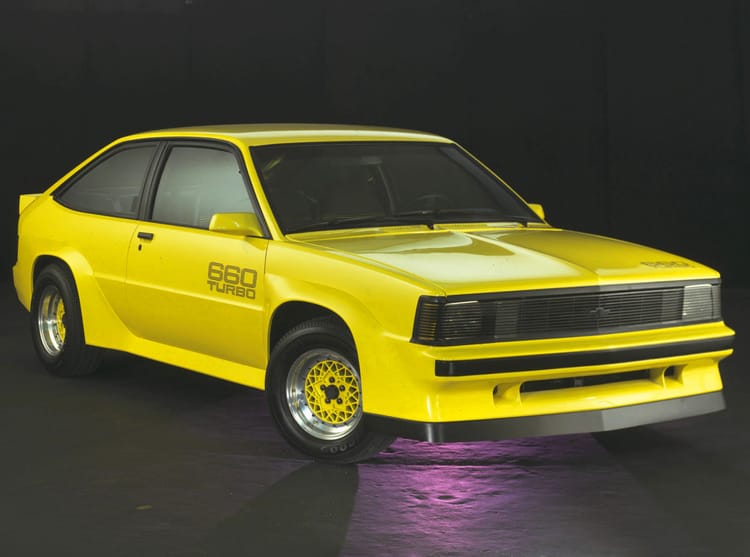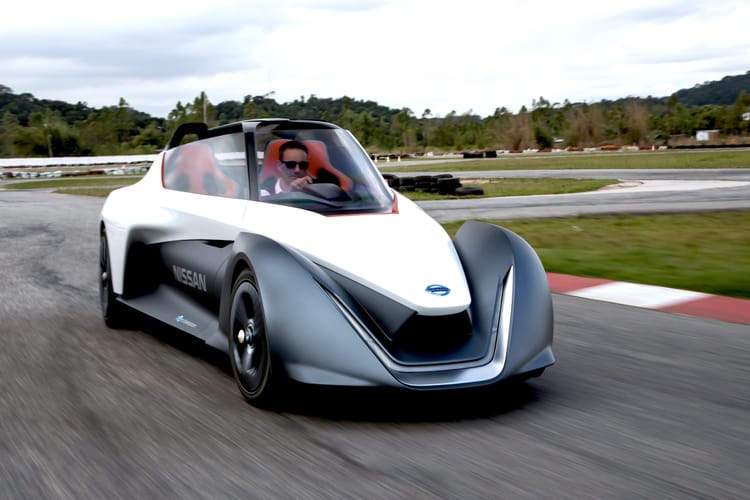Jensen G-Type
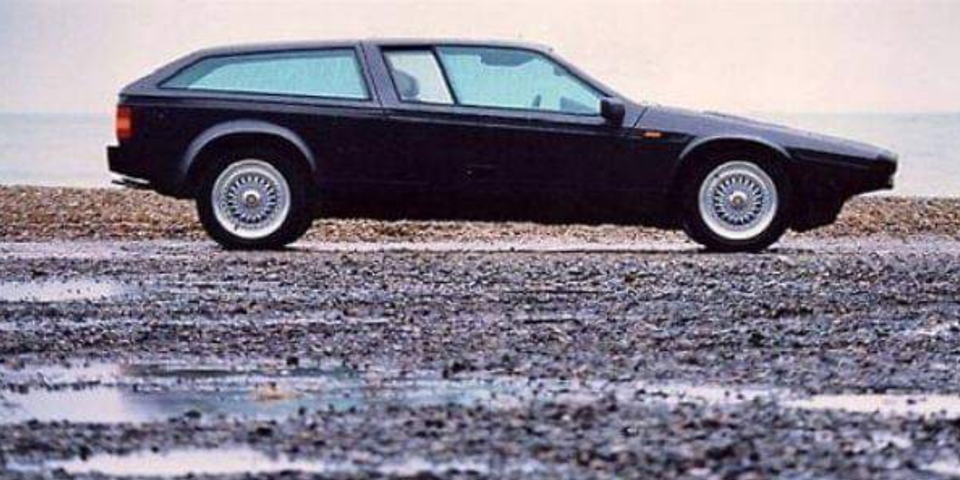
In the case of the Jensen G-Type, pictures are worth 1,000 words each.
A shame, because it only takes a few hundred words to put this car into a meaningful perspective. I'd been confused by it for some time — is it a Jensen Jensen (Chrysler V8, Ferguson Research four-wheel-drive, and all that) or if it was a Jensen in name only.
Truth? Stranger than fiction.
Designed by the quite-popular Sir William Towns (d.1993) — according to the Jensen Owner's Club, the G-Type was to be an entry-level sporting car. Towns also had designed an angular replacement for the Interceptor called the F-Type, I shit you not — that's just as wedgy as this G-Type prototype.
Oh, right. Prototype.
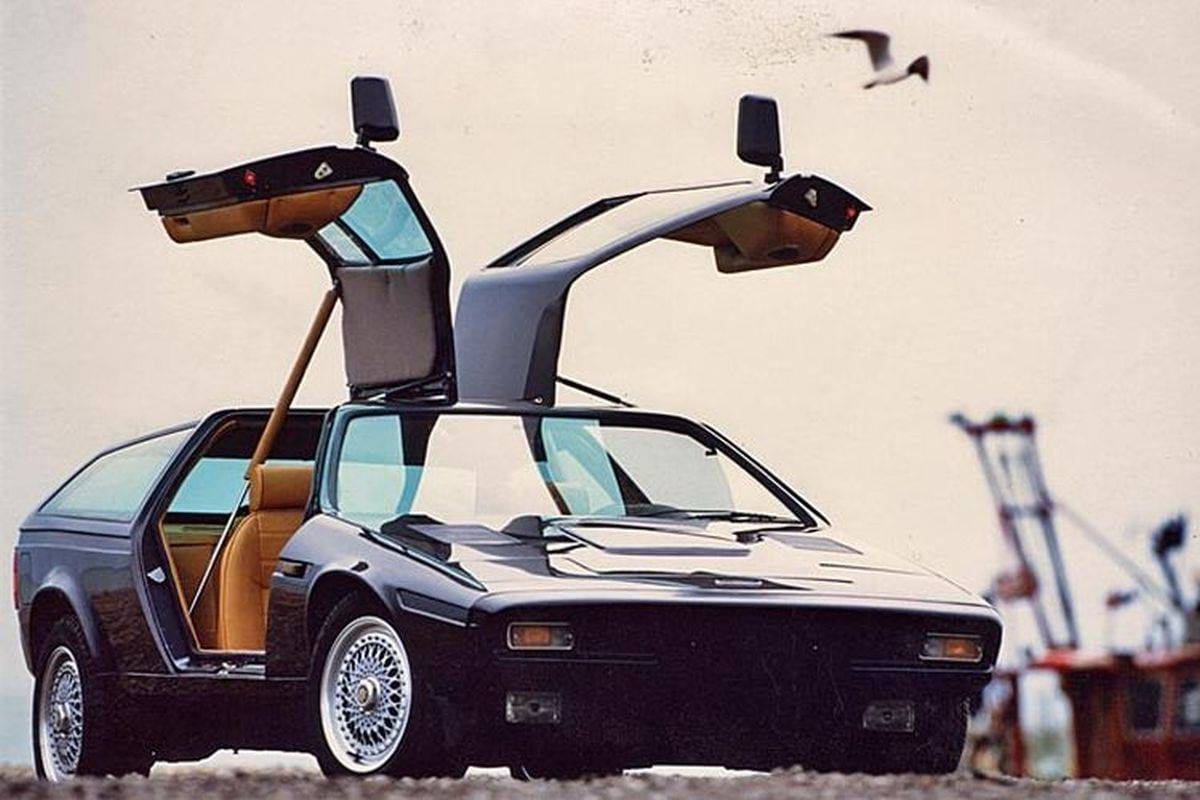
Prototype cars happen all the time, but the small wrinkle in this story is that Jensen was kaput as an automaker in 1976. When was this angular G-Type body shell made? 1976.
The shell (and only the shell) was sold at Jensen's liquidation auction to a Dutch enthusiast, who sent it to Lynx Motors, the UK firm that seems to be able to make anything from scratch, to the level of lightweight reproduction Jaguar E-Types and XKSS models that are often bought by owners of the real thing who don't want to track or tour in their originals. Yes, this happens all the time.
Being a member of that club isn’t cheap, of course, but whereas something like a Superformance Coupe is more of a modern homage to the original race cars that's made usable for the street, in many cases, the Lynx cars eschew fancy materials in favour of a more traditional approach faithful to the earlier cars.
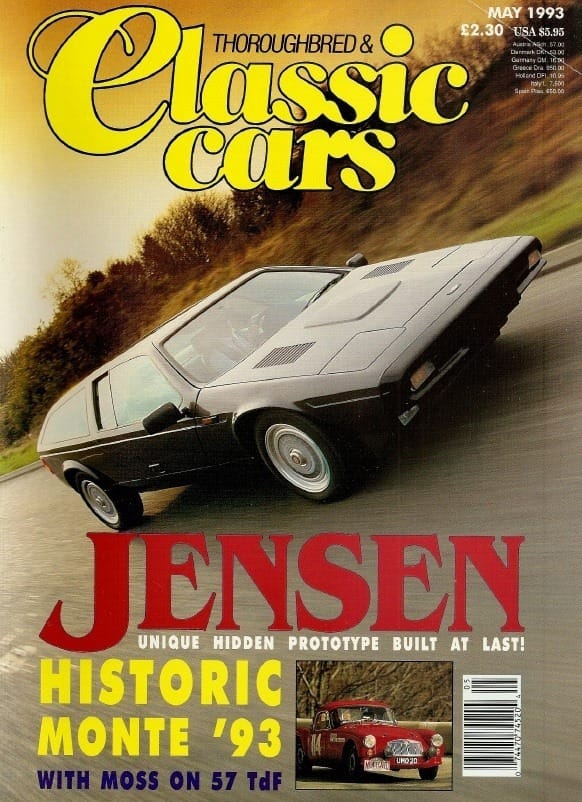
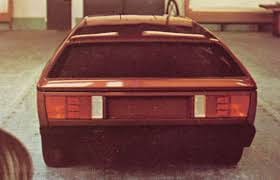
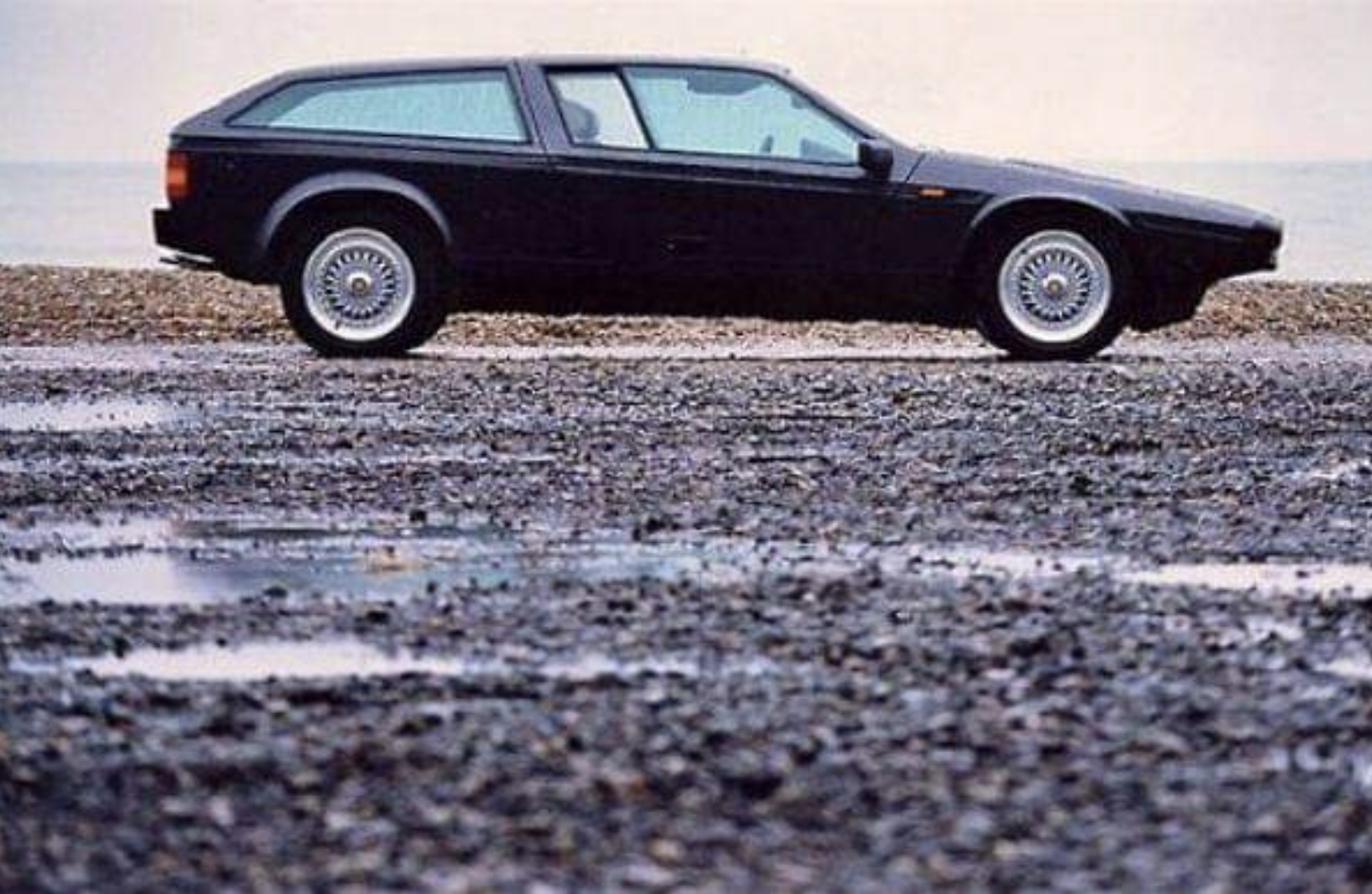
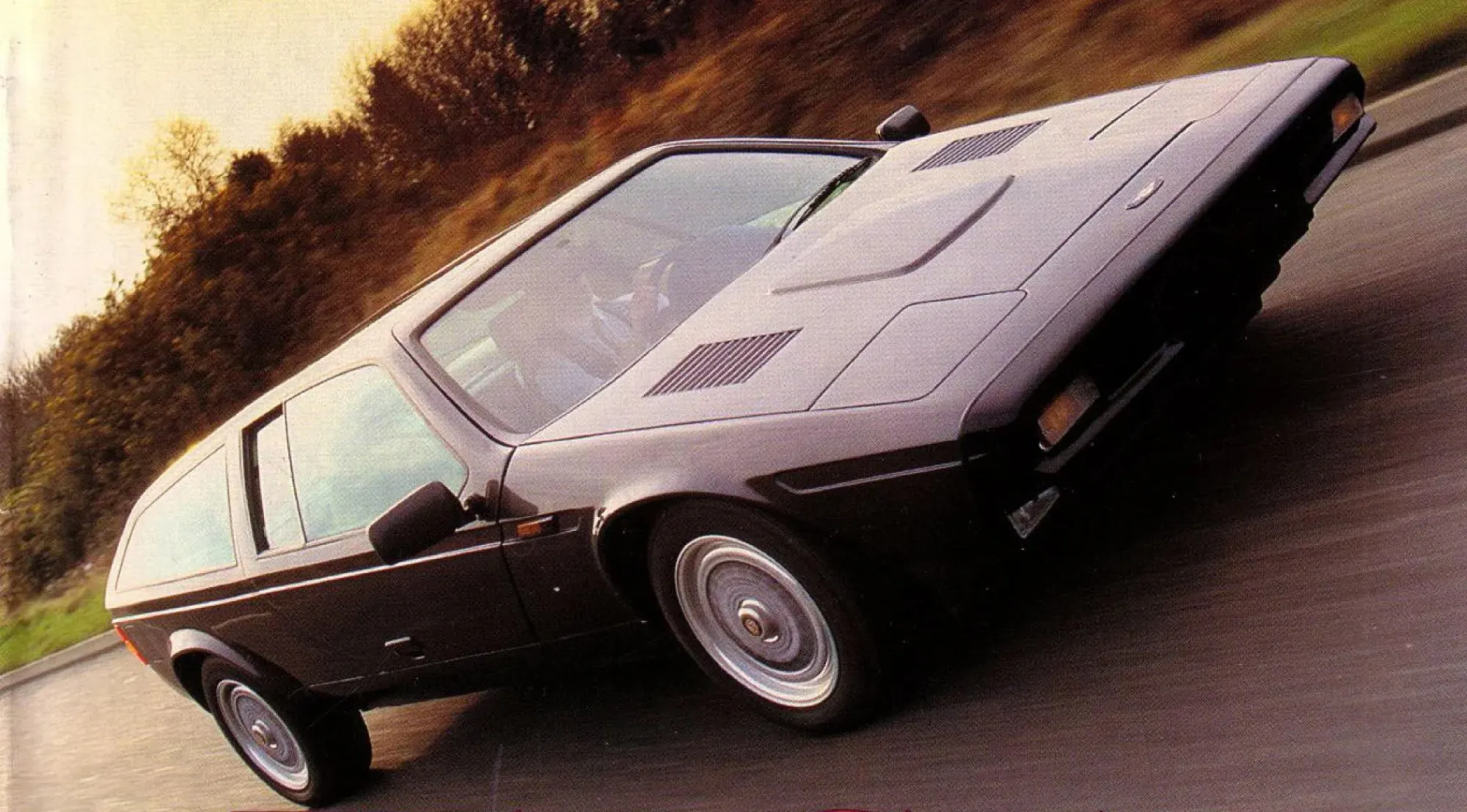
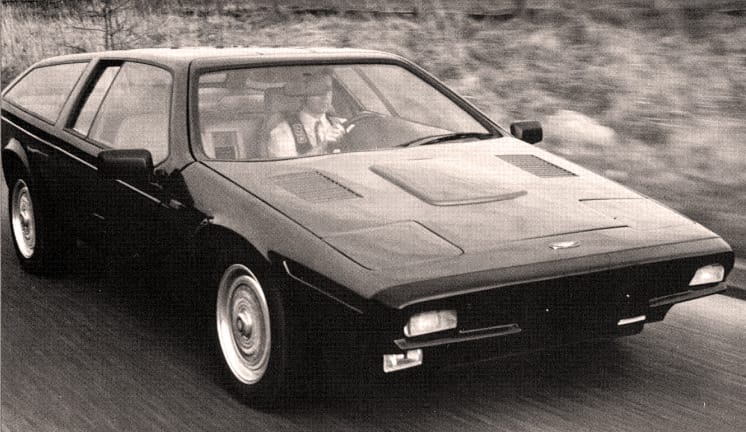
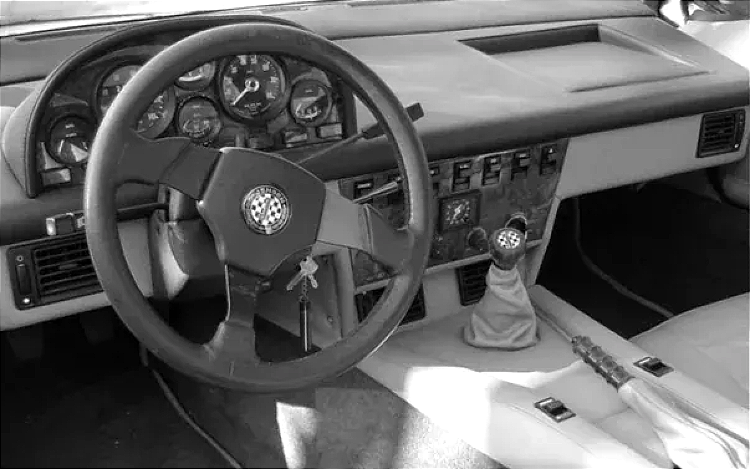
Anyway, if anyone could have taken the G-Type fibreglass shell and turned it into a working car, it was Lynx.
Originally intended to lean on Simca / Chrysler Europe parts, including a front-mounted 2.0-litre 4-cylinder engine, Lynx engineered a number of components to fit and work inside the shell, no easy feat when the original plans had likely been fly-tipped.
Where to turn? Lotus, for the engine at least, not a bad choice considering it was peddling its own 4-cylinder wedges, the Excel and Eclat.



